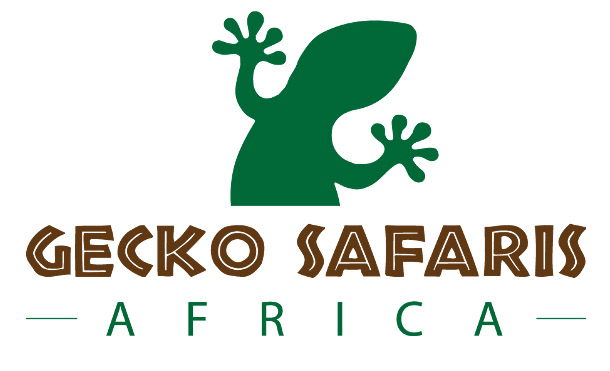The Mountain Gorilla(Scientific Name: Gorilla beringei beringei)
Mountain gorillas are a subspecies of the eastern gorilla and are found in the dense forests of the Virunga Mountains, spanning Rwanda, Uganda, and the Democratic Republic of Congo.
Mountain gorillas are distinguished by their larger size compared to other gorilla subspecies, with males weighing up to 250 kilograms (550 pounds).
They have a thick, black coat that provides insulation in their cool, mountainous habitat.
They primarily inhabit the high-altitude cloud forests of the region, which provide the cool, moist environment they prefer.
Eastern Lowland Gorillas
Scientific Name: Gorilla beringei graueri

While Eastern Lowland Gorillas are primarily found in the Democratic Republic of Congo, a small population has been introduced to Rwanda.
They inhabit the lowland rainforests and are known for their slightly lighter build compared to their mountain relatives.
This subspecies is less commonly seen in Rwanda but is part of ongoing conservation efforts aimed at preserving their habitat and increasing their numbers.
Western Lowland Gorillas
Scientific Name: Gorilla gorilla gorilla

Western Lowland Gorillas are native to the forests of Central Africa, including countries like Cameroon and the Central African Republic.
Although not found in Rwanda, these gorillas are closely related to the eastern subspecies and are part of broader conservation and research initiatives in the region.
Physical Characteristics
Mountain gorillas are the largest of the great apes, with males (silverbacks) typically weighing between 140 to 200 kg (310 to 440 lbs.) and females generally weighing between 70 to 100 kg (150 to 220 lbs.).
Males can stand up to 1.8 meters (5.9 feet) tall when upright.
They have a distinctive dense, black fur that helps them stay warm in their chilly high-altitude habitat.
Males are called silverbacks due to the silver-gray hair on their backs, which develops as they mature.
Social Structure
Groups: Mountain gorillas live in social groups led by a dominant male known as a silverback.
A typical group consists of one or more silverbacks, several adult females, and their offspring.
The silverback is the leader, protector, and primary decision-maker for the group.
Behavior: The group’s social structure is characterized by close bonds among members.
Gorillas spend significant time grooming each other, playing, and maintaining social ties.
Conflict within the group is generally resolved through displays of dominance rather than physical aggression.
Diet and Feeding
- Diet: Mountain gorillas are herbivorous and have a diet that consists mainly of leaves, stems, fruit, flowers, and occasionally insects.
- Their diet varies with the seasons and the availability of different plant species.
- Foraging: They spend a substantial portion of their day foraging for food. Their strong jaws and teeth are well-adapted for chewing tough vegetation.
Reproduction
- Breeding: Female mountain gorillas give birth to a single infant after a gestation period of about 8.5 months.
- Infants are born with a weight of around 1.5 kg (3.3 lbs) and cling to their mothers for protection and nourishment.
- Development: Infants are highly dependent on their mothers for the first few years of their lives.
- They begin to eat solid food around 3-4 months old but continue to nurse for up to 3 years.
Conservation Status
The survival of gorillas in Rwanda is a testament to the country’s dedication to wildlife conservation.
The establishment of the Volcanoes National Park in 1925 was one of the earliest conservation efforts aimed at protecting these majestic animals.
Since then, various initiatives, including anti-poaching measures, habitat restoration and community engagement programs, have been implemented to ensure the survival of Rwanda’s gorillas.
Tourism plays a crucial role in these conservation efforts. Gorilla trekking, which allows visitors to observe these incredible animals in their natural habitat.
This has become a significant source of revenue for local communities and conservation projects.
The revenue generated from permits helps fund anti-poaching patrols, medical care for the gorillas, and education programs to raise awareness about the importance of preserving these magnificent creatures.
The population of mountain gorillas has seen a significant increase.
As of recent estimates, there are over 1,000 individuals in the wild, making them one of the few great ape species with a growing population.
Threats
Mountain gorillas face several threats, including habitat loss due to agriculture and human encroachment, poaching, disease (such as human-transmitted diseases) and political instability in their home regions.
Plan your adventure safari to East Africa and trek these humble giaints. for a wonderful experience, book and plan your tour with the trusted tour operator.

